Hello, my dear colleagues – this post will discuss an exchange I participated in Sweden and show you how can you reuse these intercultural classroom activities!
We are all busy during the school year, and most teachers cannot afford to travel anywhere. However, if you are still in your late twenties, you still have a chance to participate in a youth exchange. This youth exchange was organized in Sweden.

Since I love environmental education and nature, I decided to apply for this exchange spur of the moment. I didn’t even think that they could select me to participate. However, I am happy I could go to Stockholm since it was an amazing experience!
In this post, I will focus on the main activities and the workshops we had. I really hope to reuse some of them with my students.
The exchange was amazing, and the organization was really good. We had a chance to spend time together, explore nature, go sightseeing, and we had a lot of workshops as well.

To remember our names, we played quite a lot of team-building activities. The activity you see below is enjoyable! A person hid behind a sheet, and when the sheet gets dropped, the person who guesses the name faster wins.
Team building activities
One day we had a great activity where we had to pick up the names written on a piece of paper from the floor until we collect all the names from another country’s team. We had to do it super fast, one by one. After that, we ran to the center where the papers were and back to our place. The team which collected all the names first won.
Another ”let’s get to know each other” game included writing 3 things about yourself, while the other people have to guess which one is a lie.
One of the daily activities was ”the energizer” used to wake us up in the morning. The energizers were interesting, and people from different countries organized them. But, nneedlessto say, I skipped it almost every time – some days I was at the preschool, doing research, and in general, I skipped it because I really dislike the early morning physical activities.

The most important collaborative daily activity was probably playing traditional games from our countries. We had a chance to play games from different countries and honestly, we had a lot of fun! Unfortunately, I got a bit sick and spent my time reading in the little forest house. I missed some of them since I spent 2 days in bed, but the games I participated in were great! Sharing culture and incorporating a full-body activity is a great way to get close to a certain culture.
The iceberg of culture – one of the most amazing intercultural classroom activities!
The ”Iceberg of Culture” workshop was probably my favorite since we used an excellent method to show what is people think is a part of the culture of a nation and how these aspects change their position when we compare different nations and traditions. We were divided into small groups, and we came from different countries, so we had to discuss and elaborate on the position of certain aspects.
The factors on the tip of the iceberg are the things we usually notice when we meet someone, while the factors below the surface actually impact all the factors we see above. This was a profound perspective that presented the idea of cultures in a completely innovative way. It also showed us that if we want to respect and promote different cultures, we must first understand them.
My second favorite workshop was when we had to invent our own country, history, make a map, think about language, traditions, and customs. It was amusing, and I enjoyed the creative process. We even conducted a ritual of coronating a new ruler outside while park visitors watched in ave. Of course, they probably thought we were a cult, hahaha – it was delightful, nonetheless.
Invent your own country
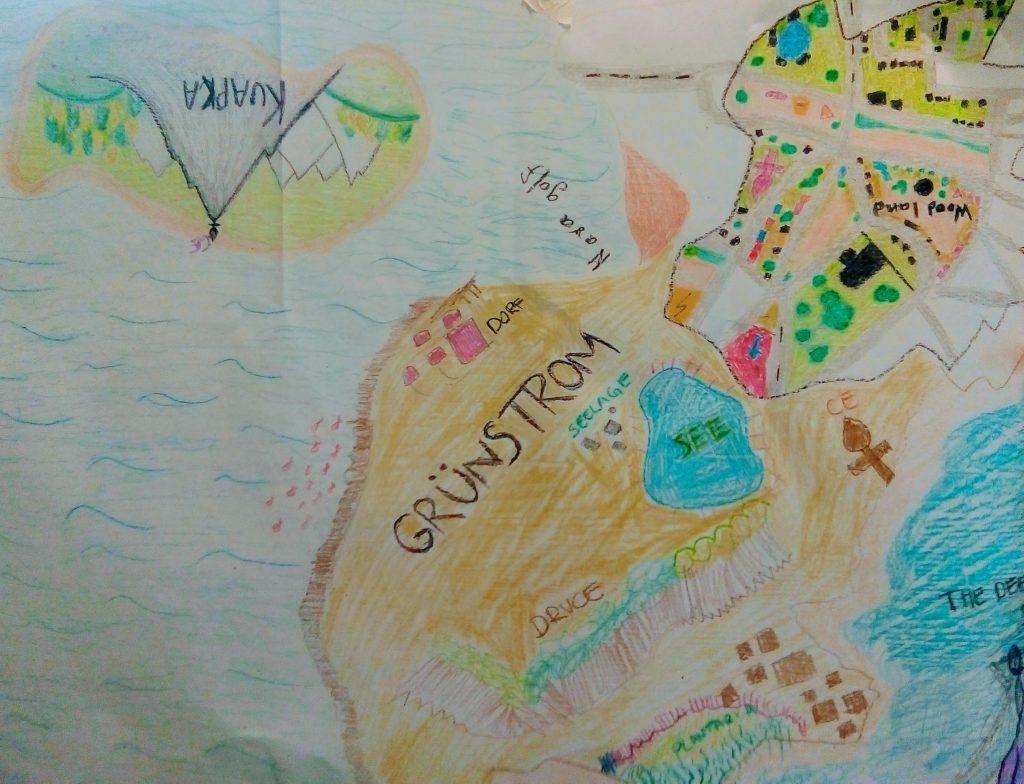
The following activity was SO HILARIOUS, and we had so much fun doing it. We couldn’t speak English, and we had to invent a human from the future and their clothing style to illustrate our traditional clothes. There were also extra activities we didn’t complete. Our group had people from Bulgaria, Serbia, Italy, and Slovakia. We were able to understand each other because our languages share similar roots since we are all Slavic. I communicated with the girl from Italy in Spanish, and we got along surprisingly well! It was funny and beyond hard to surpass the language barrier at first. We also managed to design the creature from the future, but I can’t find any photos, so I am sharing a creature from the other group. (The picture below is probably one of the best things that happened in the workshops, hahaha).
The workshop dealing with gender identity, diversity, and sensitive social groups sadly happened during the two days in bed. However, I was still able to get a grasp of the workshop flow based on the photos.
I am delighted that they discussed these topics since most of the participants were under 20 years old, making them perfect candidates for discussing social diversity and inclusion. Hopefully, they will do something to promote these values and help people in their community afterward.
The activities that I probably liked the most (except the workshops) were the ones where we practiced each other’s names and separated into random groups or teams. Those activities are great for group work, warm-ups, and classroom management. It’s really a shame I forgot most of them. Unfortunately, I was not writing them down since the days were too hectic.
I forgot to mention that we were located in Hellasgarden during the exchange. Hellasgarden is a beautiful natural reserve in Stockholm. Our camp houses were in a small forest, so we spent a lot of time outside, sunbathing. We shared our houses with people from other countries and had all meals together. We even showered in a big joint shower next to the spa. It was a bit crazy initially, but then it became a routine for all of us. Another thing I forgot to mention was washing the dishes on schedule and cooking traditional food from all the countries. However, I believe that only Bulgaria and Italy did it.
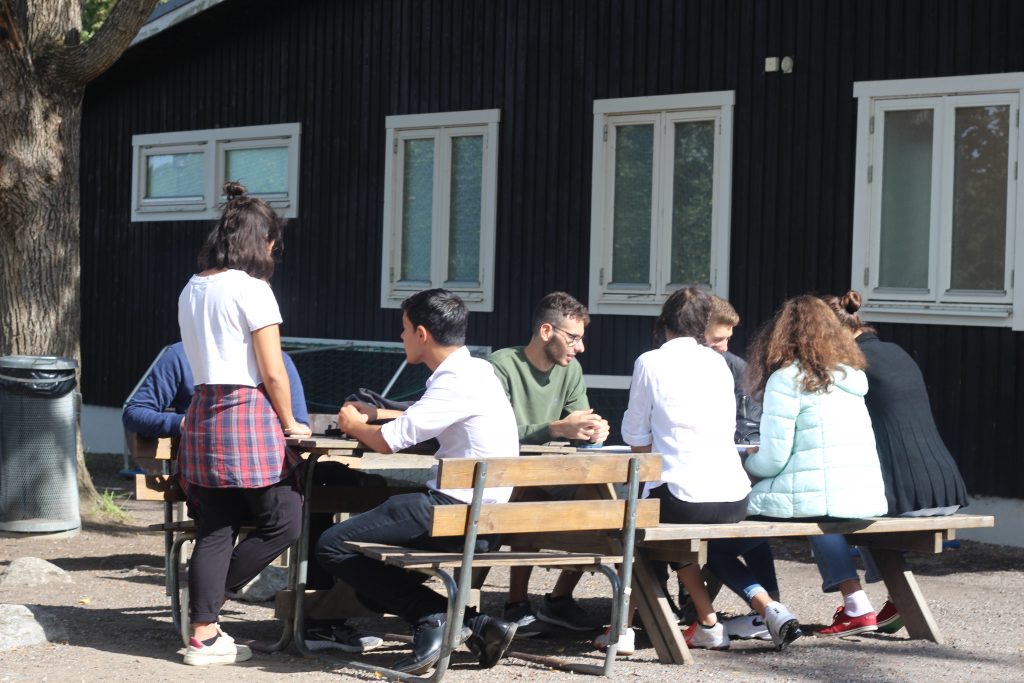
The Intercultural Night
The intercultural night was the peak of the project. I was sadly in bed with my 7th cup of tea, and I just dropped by shortly for a refill. It was a party where every country had a table with souvenirs, food, and snacks. I believe they listened to music from all the countries and had some traditional and modern dances.

One of the final activities included reflection done in groups. We created a photo album, wrote a text for social media in all languages, translated it to English, made a video, and created a newsletter.
Finally, here is a photo of the full team! The project participants came from Slovakia, Bulgaria, Serbia, Austria, Sweden, and Italy. ♥

During the exchange, I also spent time in a preschool in Stockholm to continue my academic research about environmental education at the preschool level. The quality of their curriculum is immense! You can read more about it here:
At the end of the project, all participants received Youth Pass certificates for informal personal development, which confirmed the exchange. This certificate does not mean much to me as an adult teacher, but it is certainly valuable for teenagers. Additional pages of the Youth Pass also included reflections about specific 21st-century skills such as literacy, mathematical skills, communication, critical thinking, collaboration, creativity, and, last but not least, digital literacy.
To conclude + can you reuse these intercultural activities in your classroom?
I would say the answer is YES! You can definitely reuse every intercultural activity we did in your classroom, and I hope you have fun with these activities! Even though I really don’t need that kind of certificate (I have participated in tons of personal and professional development programs), I can’t deny the impact this project had on all of us. Of course, not everything was perfect, but we all developed as individuals, improved our language skills, communicational skills, and most of all, we had a chance to meet many people and discuss current topics in the workshops. I firmly believe that Youth Exchanges make participants develop their personality faster than they would in their country while also making them feel less isolated when it comes to certain cultural and social issues they encounter daily.
Have you ever participated in a Youth Exchange? What impact this exchange had on you as an individual? If you haven’t been a part of an exchange, would you love to and why? Will you be able to reuse these intercultural activities in your classroom? Let me know in the comments or via the contact page what do you think of this topic.

Click here to explore my store where 99% of materials are forever free!
All the materials except lesson plans and 30+ page interactive activity books will be free FOREVER! Why? Because sharing is caring, and 2020 hasn’t been kind to all of us. Please consider donating so I can keep making FREE materials for everyone and keep my website open for all of you.
Don’t forget to leave a review when you download materials! It’s just a minute of your time, and it means a lot to me.
P.S. The store and the freebie library are not the same thing – the freebie library has some extra materials like conference presentations and webinar recordings which are not available in the store ✨
The subscription link for the store is below my bio in every post. ?
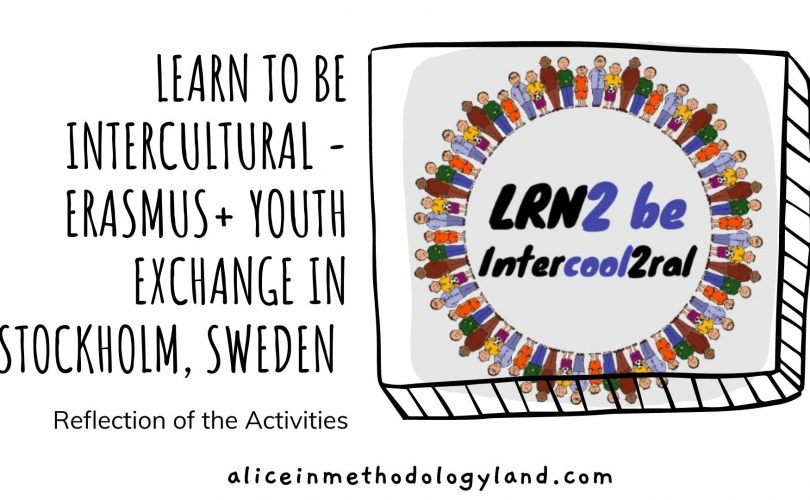
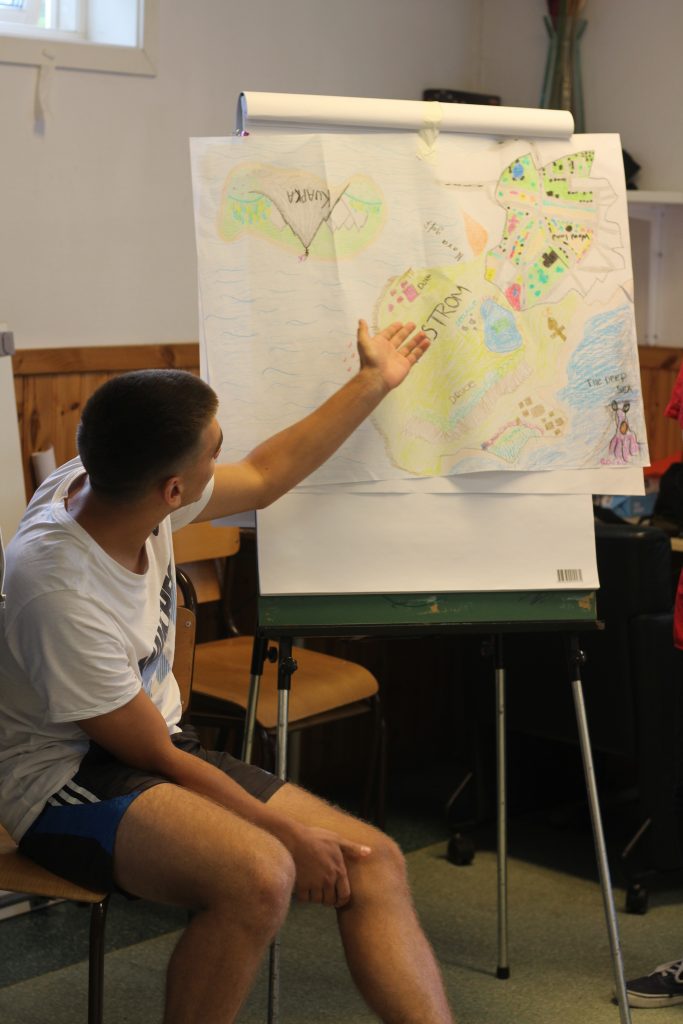
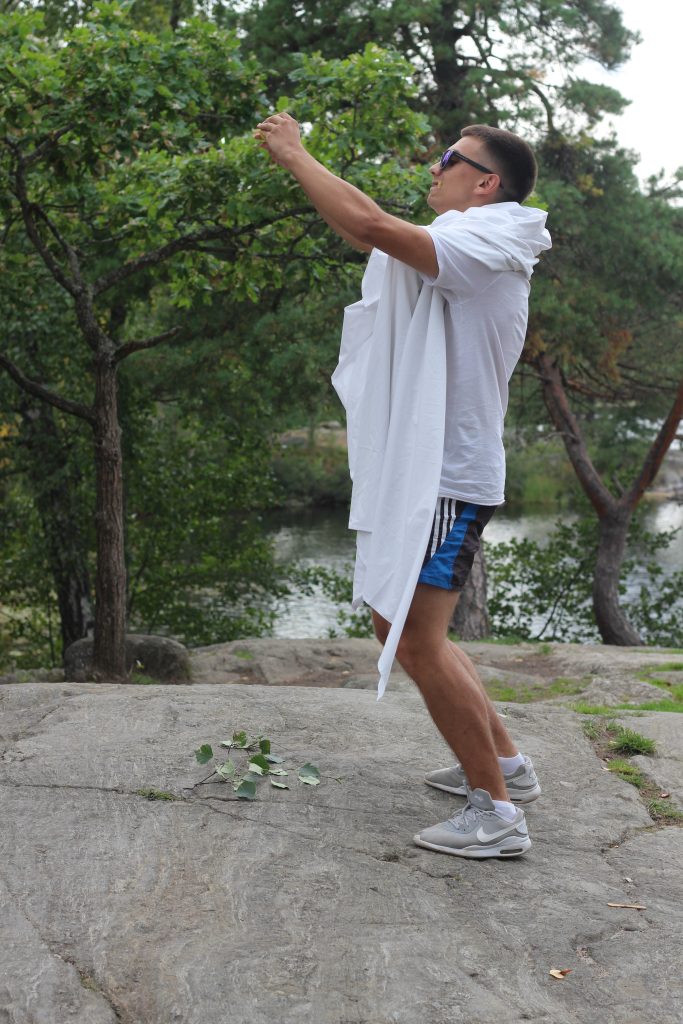
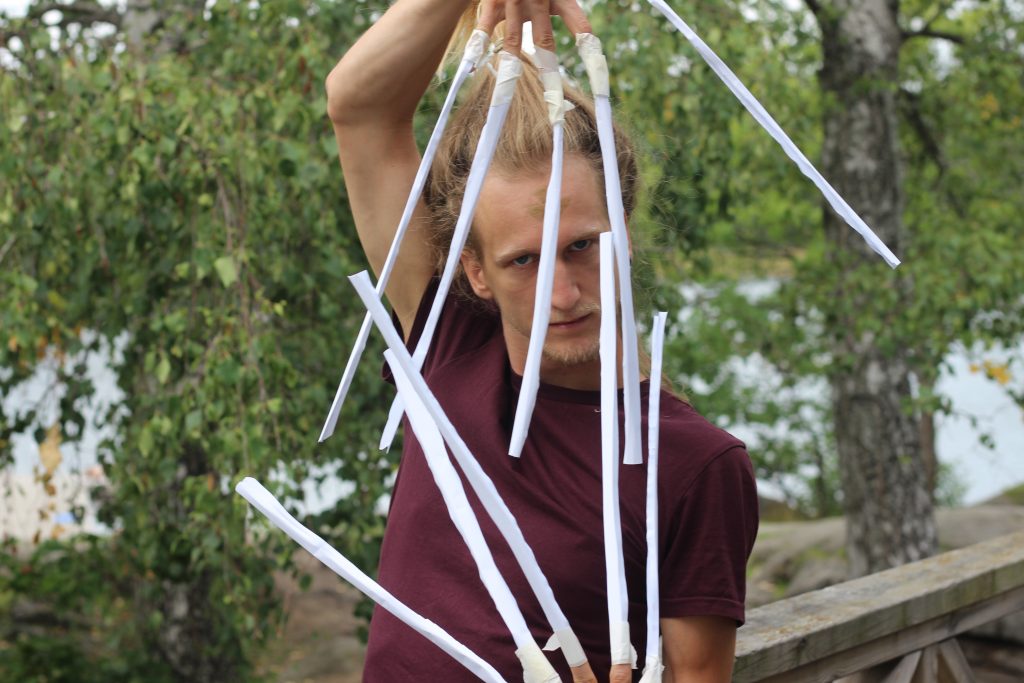
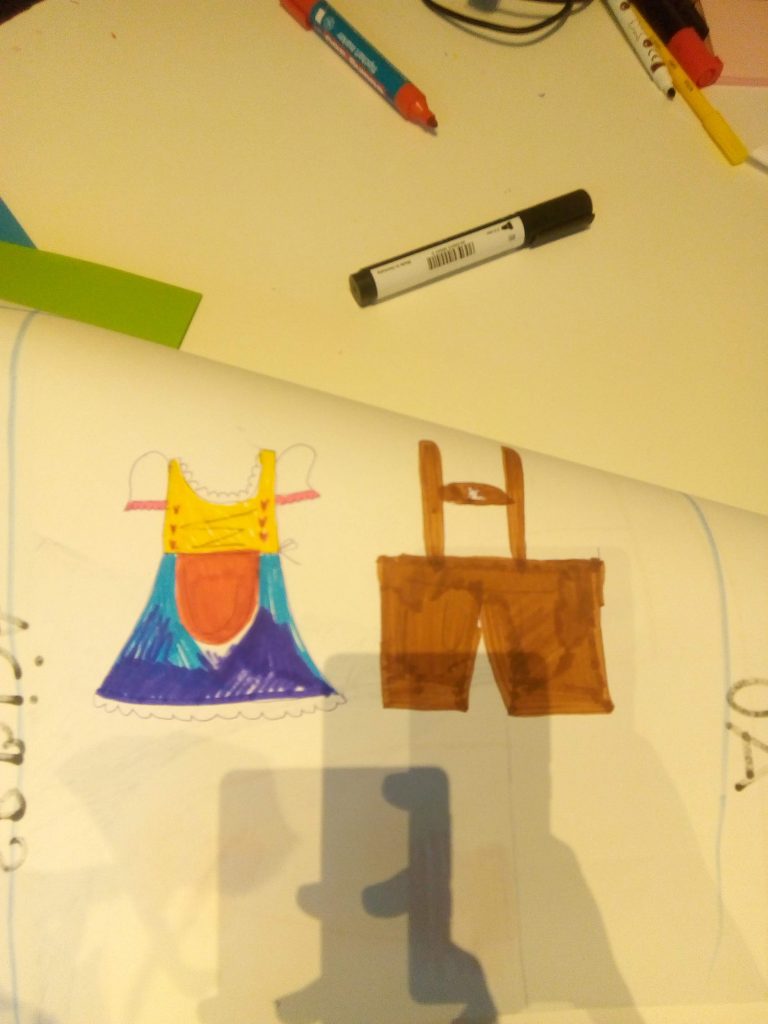



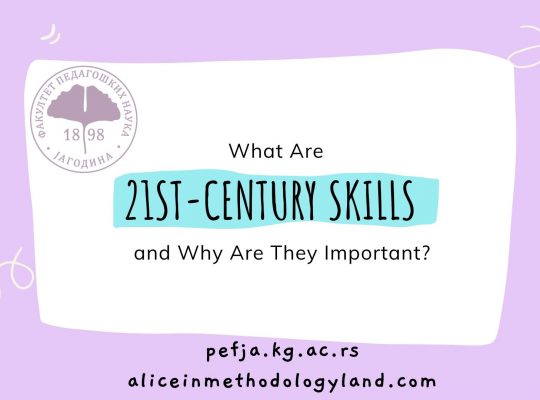
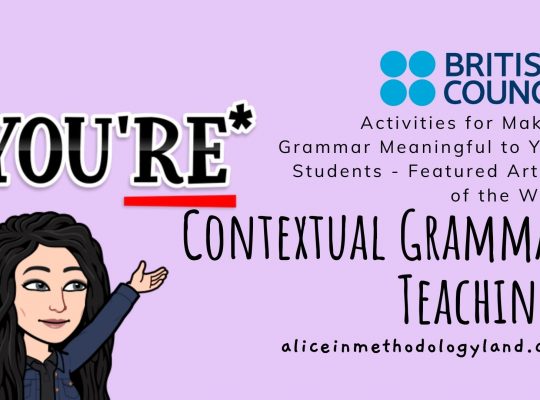
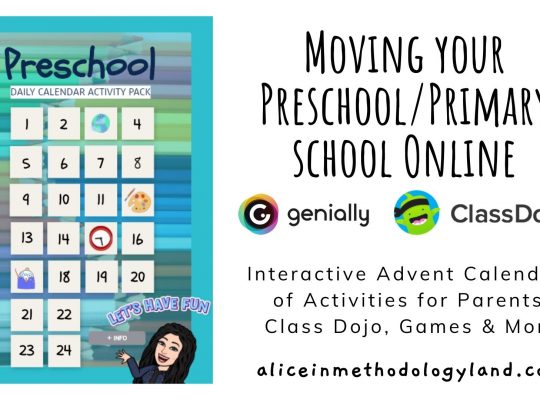

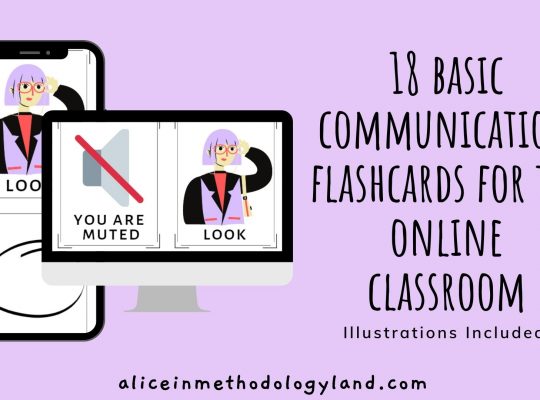

What I love the most about this idea is that work and improvement don’t have to be boring and tiring, which is a common prejudice. Apart from the whole learning and personal development experience, it looks like you had so much fun! :) Thanks for sharing :)
I agree with you completely – these workshops were super engaging! :)
You should apply for an Erasmus + exchange as well! :)
We are a family run dive centre in Cyprus, we love your content!
Thank you much ♥ I’m ashamed to admit that I don’t know how to swim yet! If we ever visit Cyprus we will take a course with you! :) I bookmarked your website :)